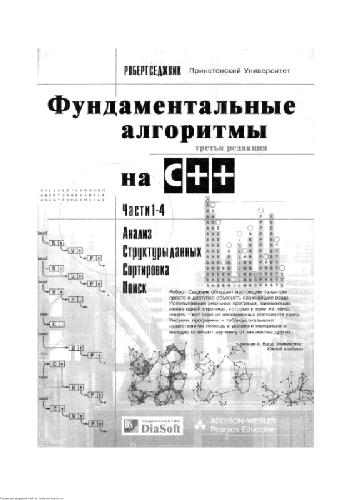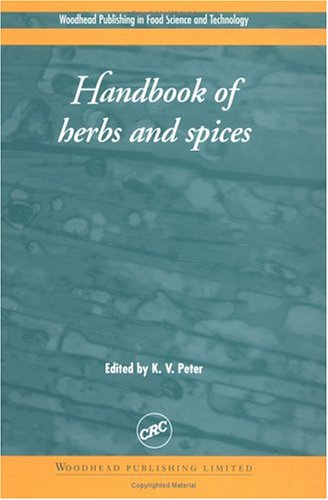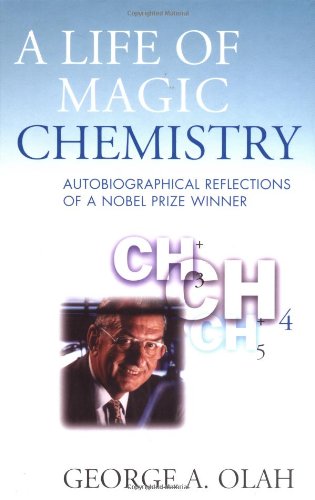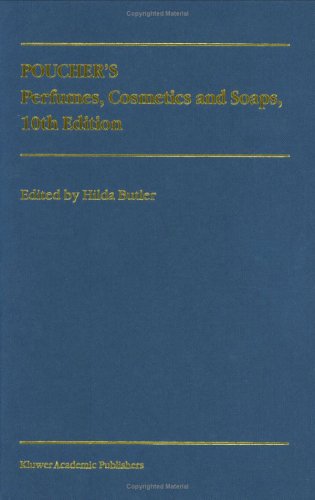Nicholas Griffin9780521631785, 0521631785
Table of contents :
acknowledgments……Page 10
list of abbreviations usedin citations……Page 12
contributors……Page 16
Introduction……Page 20
I. life……Page 21
II. philosophy……Page 37
I. the foundations of mathematical analysis:cantor and peano……Page 70
II. russell’s way into the foundationsof mathematics……Page 74
III. friday 3 august 1900, and russell’sconception of logicism……Page 76
IV. the principles of mathematicsnewly formed……Page 78
V. collaboration but indecision……Page 80
VI. the writing and structure ofPRINCIPIA MATHEMATICA……Page 85
VII. on the scope and axioms ofPRINCIPIA MATHEMATICA……Page 87
VIII. the (de)(con)struction of set theory,mathematical analysis, and geometry……Page 90
IX. the reception of logic(ism) andepistemology in the 1910s……Page 92
X. the reception of logic(ism) andepistemology in the 1920s……Page 95
XI. go¨ del’s theorem and corollary, andthe universality of russell’s logic……Page 97
bibliography……Page 99
2 Russell’s PhilosophicalBackground……Page 103
3 Russell and Moore, 1898–1905……Page 127
I……Page 128
III……Page 131
IV……Page 136
V……Page 138
VI……Page 140
VII……Page 142
VIII……Page 144
notes……Page 145
I. introduction……Page 147
II. Russell’s ‘discovery’ of Frege……Page 148
III. logic……Page 150
IV. the analysis of number……Page 158
V. Frege’s response to Russell’s paradox……Page 165
VI. analysis……Page 171
references……Page 188
5 Bertrand Russell’s Logicism……Page 190
I. the advent of logicism……Page 192
II. russell’s paradox and the newlogicism……Page 199
III. ontological logicism……Page 205
IV. epistemic logicism……Page 212
6 The Theory of Descriptions……Page 221
I. outline of the theory……Page 222
II. russellian background……Page 226
III. difficulties of direct realism……Page 231
IV. the theory of denoting concepts……Page 233
V. the theory of descriptions inrussellian context……Page 237
VI. the significance of the theoryin russell’s philosophy……Page 241
VII. objections to the theory……Page 247
notes……Page 254
I. introduction……Page 260
II. substitution (philosophical aspects)……Page 266
III. the formal calculus of substitution……Page 277
IV. type-theory as formal grammar……Page 281
V. classes in substitution……Page 285
VI. the demise of the substitutional theory……Page 290
VII. substitution and the historicaldevelopment of ramified type theory……Page 298
further reading……Page 303
II. the 1903 theory of types……Page 305
III. the vicious circle principle……Page 310
IV. the ramified theory of types……Page 312
V. the axiom of reducibility……Page 316
VII. conclusion……Page 323
note……Page 325
russell’s method of philosophical analysis……Page 329
human knowledge as an exampleof russellian analysis……Page 336
later writings on analysis……Page 339
the role of language in russellian analysis……Page 345
references……Page 349
formative themes……Page 351
outline of neutral monism……Page 354
problems of reference and terminology……Page 356
russellian dualism……Page 359
the assault launched……Page 362
attack from the rear……Page 366
retrenchment……Page 369
the mature doctrine……Page 374
the doctrine in perspective……Page 385
11 The Metaphysics ofLogical Atomism……Page 390
propositions……Page 392
extensionality……Page 394
nominalism……Page 396
facts……Page 399
analysis and atoms……Page 401
logical construction……Page 405
bibliography……Page 410
12 Russell’s Structuralism andthe Absolute Descriptionof the World……Page 411
I……Page 412
II……Page 418
III……Page 422
IV……Page 425
V……Page 428
references……Page 435
I……Page 439
II……Page 452
III……Page 457
IV……Page 463
notes……Page 467
I……Page 468
II……Page 473
III……Page 475
IV……Page 477
V……Page 479
VI……Page 480
VII……Page 485
VIII……Page 487
notes……Page 493
I. introduction……Page 494
II. when is moral philosophy notmoral philosophy?……Page 495
III. a case study: russell, hobbes, andworld government……Page 504
IV. the six phases of russell……Page 513
bibliography……Page 523
part 1: works by russell……Page 526
secondary sources……Page 534
index……Page 560







Reviews
There are no reviews yet.